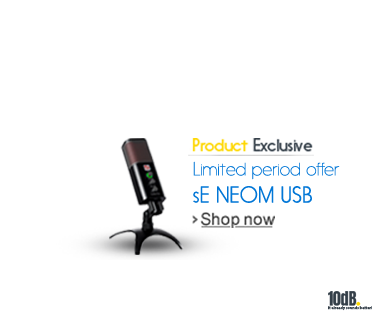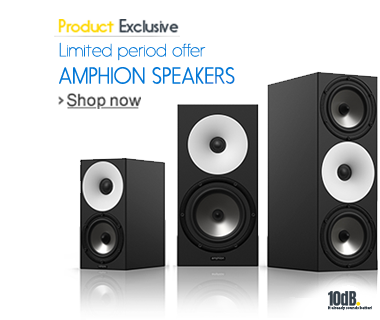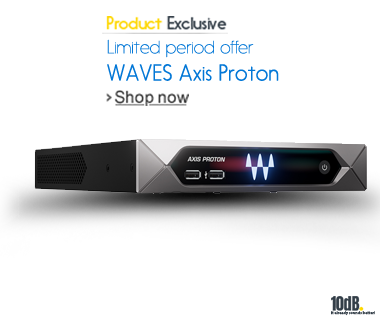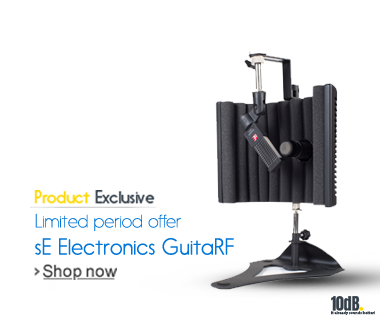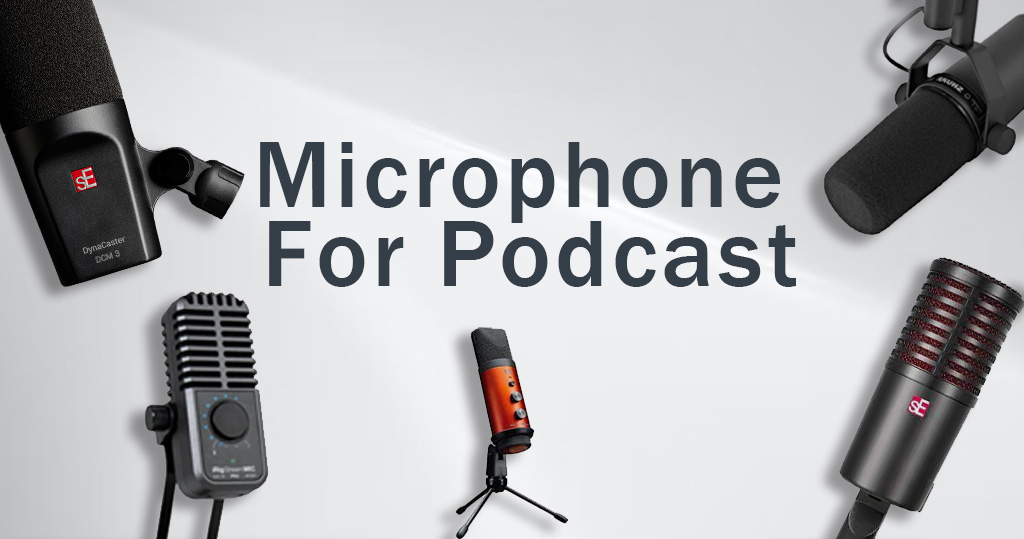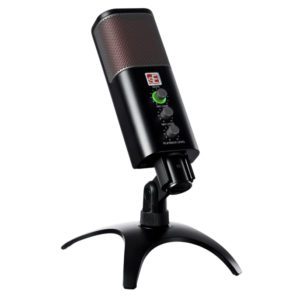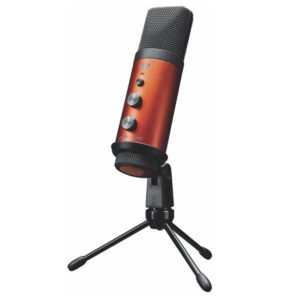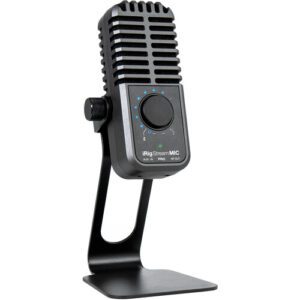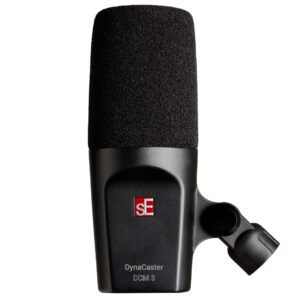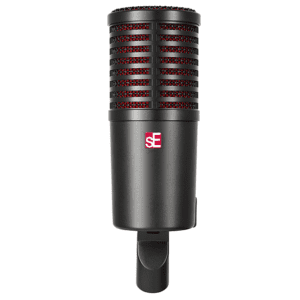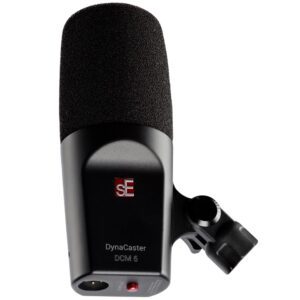Which microphone is best for podcasting?
One of the frequently asked questions pertains to the selection of an ideal microphone for podcasting purposes, specifically whether it should be a dynamic or condenser microphone. In response, we have prepared an article that caters specifically to this query. The article aims to elaborate on the disparities between these two microphone types and also provides an unbiased review of various products. And NO! The article has not been authored by ChatGPT!
When starting a new podcast, everything can be confusing and unclear. There are many things you need, but the first one is a microphone for your podcast. It’s important to know that you don’t have to invest in the most expensive equipment to sound good; most podcasts use fairly basic equipment and sound great.
Choosing the right microphone for your environment is crucial so that you don’t have to break the bank. A good microphone will enhance your sound and save you from having to make extensive edits late into the night.
There are several types of microphones, and you can find all the information about them here.
Podcast microphone – Dynamic VS Condenser
In the realm of microphones, you’ll find various types, but the most popular ones are dynamic and condenser microphones. Each has its own advantages and disadvantages, and it’s important to match the microphone to your working environment.
A dynamic microphone works great for any podcast as it captures low frequencies and comes with low sensitivity. This means it picks up less background noise that you’ll need to edit later on. They are generally more affordable and require less fuss.
On the other hand, a condenser microphone captures a wider range of frequencies and provides a fuller sound image. However, it is more sensitive and prone to capturing background noise.
USB microphone for podcast
In addition to the two microphone types we discussed earlier, there is a subcategory: USB microphones and XLR microphones. The prominent difference lies in the microphone’s connection. A USB microphone can directly connect to a computer without the need for additional accessories.
Starting with a USB microphone can be the perfect solution for individuals who are not tech-savvy and are unfamiliar with the world of sound and music. It’s simply a matter of connecting the USB microphone and getting started with your work!
Of course, if you’re looking to start your podcast with minimal costs, this is a great option for you. We have compiled a list of the top 4 USB microphones for your convenience.
sE Electronics Neom USB
This is a condenser microphone and we must say that after thoroughly testing and using this microphone for various recording purposes, we couldn’t find any drawbacks! This microphone is simply perfect! It is incredibly convenient and easy to use, and its sound quality is exceptionally high.
You can read the full review we prepared for you in the past. Read the full article by sE USB Neom
sE Electronics is one of the leading companies in the field of microphones. The Neom, launched in 2022, features a premium 16mm capsule for uncompromising sound quality. You can connect it to your PC or Mac, and it’s also compatible with your Android or iOS device. The user-friendly controls on the front make it easy to operate.
ESI cosMik uCast
The cosMik uCast it is an ideal microphone for podcasts, thanks to its cardioid pickup pattern that minimizes background noise and a capsule with a wide dynamic range. The sound quality provided by the microphone from this German company is nothing short of amazing. Along with the microphone, you will receive a dedicated stand and a USB cable for connection to your computer.
IK Multimedia iRig Stream Mic Pro
This fantastic iRig Stream microphone, manufactured by the Italian company IK Multimedia, offers excellent capabilities and functionality for podcasting. Firstly, its outstanding condenser capsule will provide you with great sound for your podcast. The simple Plug & Play connection will make your life much easier.
Samson Q9U
The Samson Q9U is a professional-grade microphone that features both XLR and USB connections, allowing you to connect it directly to your computer or audio interface. It utilizes a cardioid pickup pattern, delivering focused and clear sound. It also includes a built-in headphone output, so you can monitor your sound in real time. The Plug & Play design enables you to start recording within minutes, without the need for complicated installation processes.
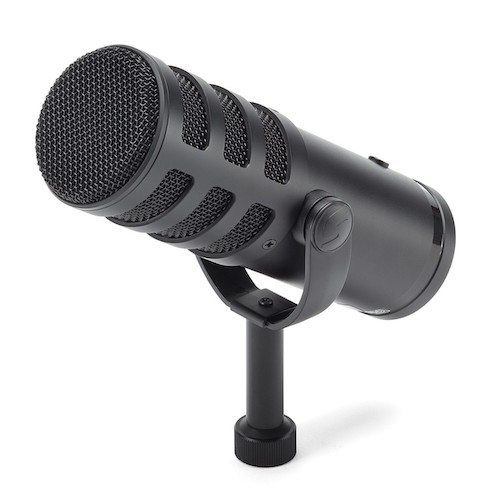
XLR microphone for podcast
As mentioned earlier, microphones can be divided into two types – dynamic and condenser, and after that, there are USB and XLR microphones. XLR-connected microphones require an external audio interface to connect to your computer. However, the advantage of XLR microphones is their wider range, and you can connect multiple microphones for your podcast. In this helpful recommendation, we have also compiled four XLR-connected microphones for podcasting.
sE Electronics DCM3
sE doesn’t disappoint in this category either, with its new microphone, the DCM3. You can record high-quality podcasts with minimal cost. With a dynamic capsule and a cardioid pickup pattern, you’ll get focused sound capture without background noise. Its modern and elegant design will look great in your videos. Without a doubt, it is one of the most cost-effective microphones for podcasting.
sE Electronics DynaCaster
This groundbreaking microphone includes an incredible feature that no other microphone in this category has. In order to make the microphone truly unique, sE has added a built-in preamp to it. The microphone includes the beloved Dynamite preamp, which provides the necessary gain to make your voice stand out.
Shure SM7B
One of the most popular microphones among podcasters, and for good reason. It’s a microphone with a rich history of recordings worldwide. Besides being a great microphone for podcasts, it has been used by artists for vocal recordings thanks to its exceptional sound. When connecting this microphone to an audio interface, it is recommended to use an external preamp like the Cloudlifter.
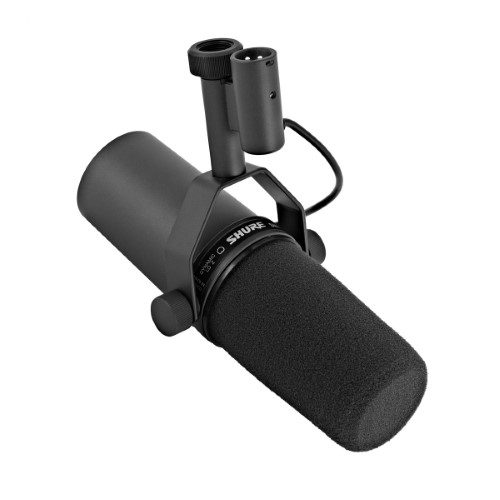
sE Electronics DCM6
sE continues to impress in this category as well, following the previous model, DCM3. With its new microphone, DCM6, you can record high-quality podcasts with minimal investment. With a dynamic capsule and a cardioid pickup pattern, you will achieve focused sound capture without background noise. Additionally, in the new sE model, they have added a boost button to increase the microphone’s power level. The modern and elegant design, just like the previous model, will look fantastic in your videos. Without a doubt, one of the most cost-effective microphones for podcasting.
Important accessories for a podcast microphone
Your microphone is certainly important, but it’s also crucial to take care of the right accessories. A sturdy and stable microphone stand will allow you to focus on your podcast rather than worrying about supporting the stand.
We recommend investing in a relatively high-quality stand because it is universal and will fit any microphone you may replace it with in the future. Using a strong stand ensures years of work without the need for frequent stand replacements.
Another important accessory is a pop filter. Besides improving sound quality and preventing undesirable popping noises during recordings, it also protects your microphone over time.
When speaking into the microphone, unintentional saliva droplets can accumulate over time, causing internal corrosion in the microphone. Using a pop filter prevents this and preserves the longevity of your microphone.
